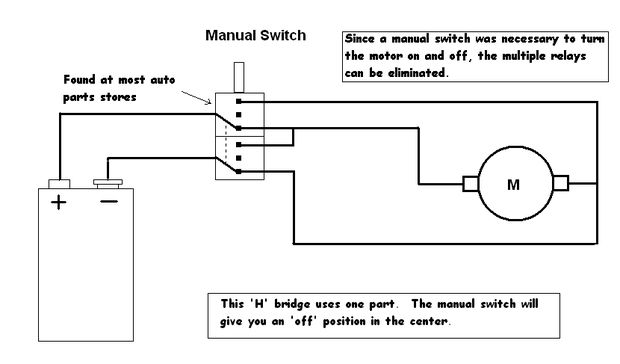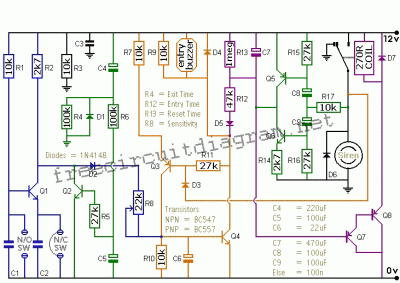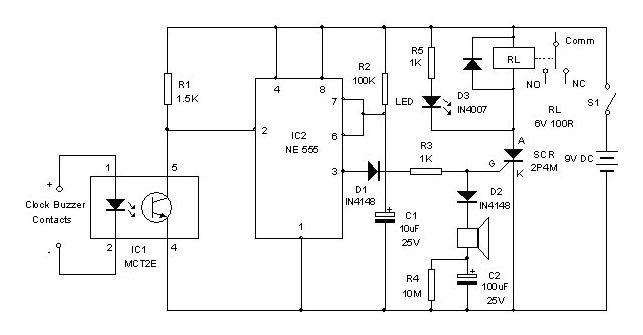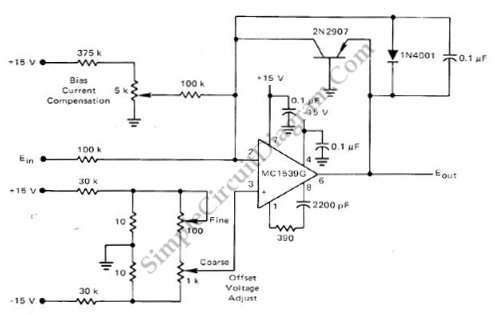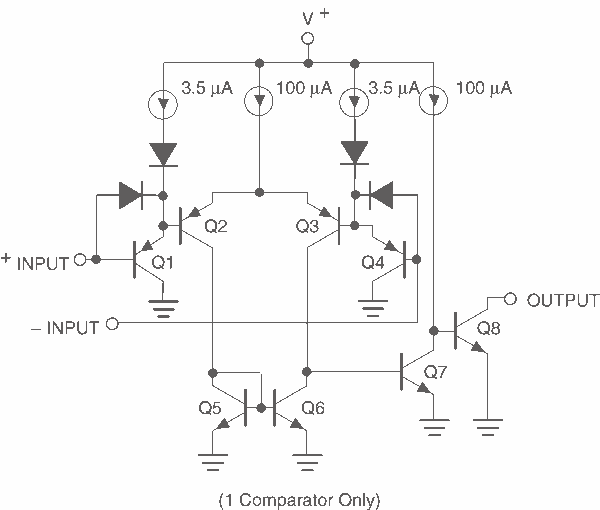
Three single junction transistor time relay circuits

This circuit consists of three single-junction transistor time relay circuits utilizing a pulse charging mechanism, allowing for extended delay times of up to several minutes. The first stage delay circuit incorporates unijunction transistors (VTi) and other components, where capacitor C1 charges in an exponential manner. In the second stage delay circuit, other components, including VT2, facilitate the pulse charging of capacitor C2, resulting in a step change in terminal voltage. The overall delay time of the circuit can be understood as the product of the delay times from the two-stage relaxation oscillator.
The three single-junction transistor time relay circuits are designed to provide a reliable timing function through a combination of exponential and pulse charging methods. The first stage of the circuit employs unijunction transistors (UJTs), which are known for their ability to generate precise timing signals due to their unique characteristics in switching and controlling current flow. In this configuration, capacitor C1 is charged exponentially, which allows for a gradual increase in voltage until a predetermined threshold is reached, triggering the next stage of the circuit.
The second stage, utilizing a different unijunction transistor (VT2), is responsible for a more abrupt change in voltage across capacitor C2. This stage's pulse charging approach ensures that once the capacitor reaches a certain voltage level, it can rapidly discharge, providing a quick response suitable for applications requiring immediate action after a delay. The combination of these two stages effectively creates a two-stage relaxation oscillator, where the total delay time is determined by the product of the individual delay times from each stage.
In practical applications, this circuit can be used in various timing and control systems, such as in industrial automation, where precise timing is essential. The ability to achieve long delay times makes it suitable for processes that require significant waiting periods before activation. The circuit's design ensures stability and reliability, making it an excellent choice for time delay relays in electronic systems.Three single-junction transistor time relay circuits It uses pulse charging circuit, and therefore can be done for a long time delay, maximum up to tens of minutes. FIG unijunctions VTi and other groups into the first stage delay circuit, charging the capacitor Cl way exponential change; VTz other components of the second stage delay circuit capacitor Cz charging method for the pulse charging, the terminal voltage step change. The total time of the circuit, the equivalent of a two-stage relaxation oscillator delay time of the product.
The three single-junction transistor time relay circuits are designed to provide a reliable timing function through a combination of exponential and pulse charging methods. The first stage of the circuit employs unijunction transistors (UJTs), which are known for their ability to generate precise timing signals due to their unique characteristics in switching and controlling current flow. In this configuration, capacitor C1 is charged exponentially, which allows for a gradual increase in voltage until a predetermined threshold is reached, triggering the next stage of the circuit.
The second stage, utilizing a different unijunction transistor (VT2), is responsible for a more abrupt change in voltage across capacitor C2. This stage's pulse charging approach ensures that once the capacitor reaches a certain voltage level, it can rapidly discharge, providing a quick response suitable for applications requiring immediate action after a delay. The combination of these two stages effectively creates a two-stage relaxation oscillator, where the total delay time is determined by the product of the individual delay times from each stage.
In practical applications, this circuit can be used in various timing and control systems, such as in industrial automation, where precise timing is essential. The ability to achieve long delay times makes it suitable for processes that require significant waiting periods before activation. The circuit's design ensures stability and reliability, making it an excellent choice for time delay relays in electronic systems.Three single-junction transistor time relay circuits It uses pulse charging circuit, and therefore can be done for a long time delay, maximum up to tens of minutes. FIG unijunctions VTi and other groups into the first stage delay circuit, charging the capacitor Cl way exponential change; VTz other components of the second stage delay circuit capacitor Cz charging method for the pulse charging, the terminal voltage step change. The total time of the circuit, the equivalent of a two-stage relaxation oscillator delay time of the product.

